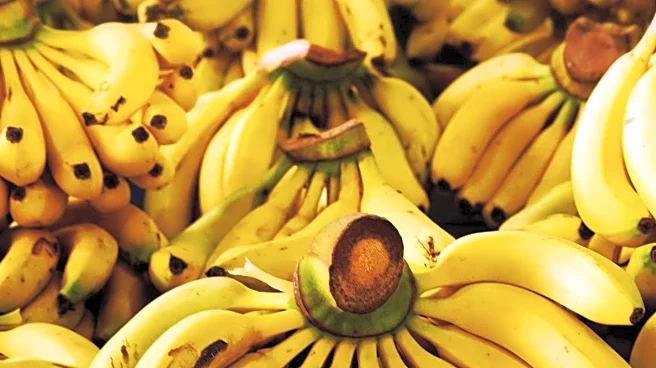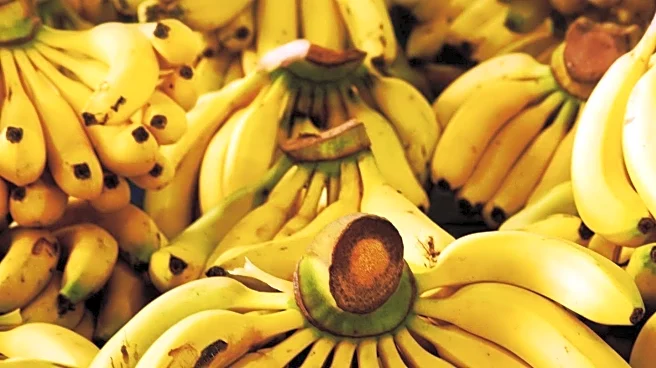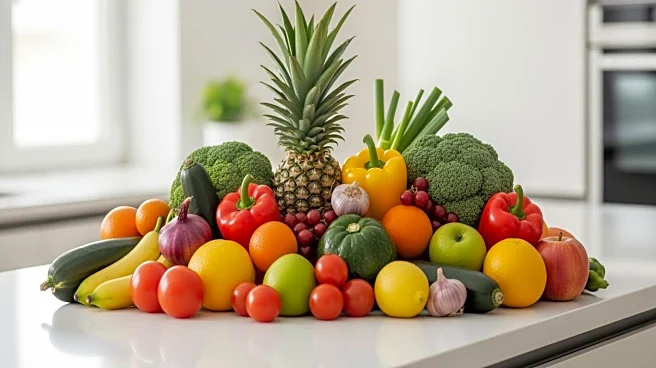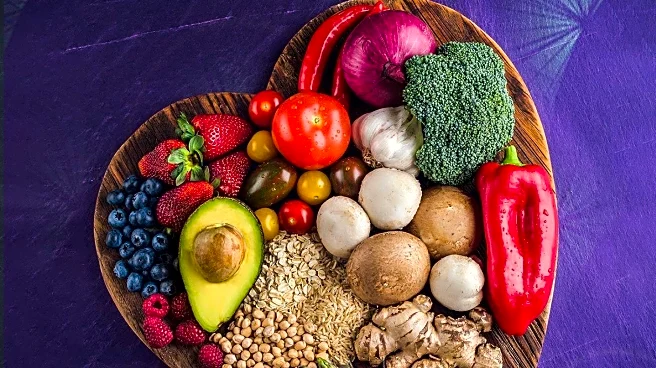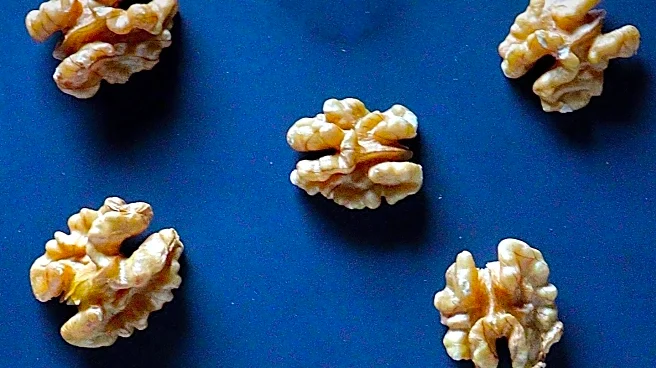What's Happening?
The ripeness of bananas can significantly affect their nutritional content and health benefits. As bananas ripen, their sugar, starch, and vitamin levels change, impacting their suitability for different
dietary needs. Underripe bananas, which are green and firm, are high in resistant starch and low in sugar, making them ideal for those managing blood sugar levels or seeking to improve gut health. Barely ripe bananas, with some green at the ends, offer a balance of fiber and sugar, suitable for steady energy. Fully ripe bananas are high in sugar and antioxidants, beneficial for quick energy needs. Overripe bananas, often used in baking, are highest in sugar and antioxidants but lower in fiber.
Why It's Important?
Understanding the nutritional differences at various ripeness levels allows individuals to tailor their banana consumption to their specific health needs. For example, those with diabetes or insulin resistance may benefit from underripe bananas, while athletes might prefer ripe bananas for quick energy. This knowledge can aid in dietary planning and help individuals make informed choices that align with their health goals. Additionally, the versatility of bananas at different stages offers diverse culinary uses, from raw snacks to ingredients in baked goods.
Beyond the Headlines
The discussion on banana ripeness also touches on broader themes of food waste and sustainability. Overripe bananas, often discarded, can be repurposed in cooking, reducing waste. This highlights the importance of understanding food properties to maximize their use and minimize environmental impact. Furthermore, the focus on gut health and blood sugar management reflects growing public interest in personalized nutrition and its role in preventing chronic diseases.
